Professor emeritus Wendy Dossett has spent a lot of time listening to people talk about addiction and recovery, particularly in the context of the concept of a “higher power,” a cornerstone of 12-step recovery.
Dossett’s ethnographic research probes what works best for people who are grappling with dependency upon drugs or alcohol. How do people conceive of their own recovery?
The professor of religious studies at the University of Chester, U.K., has conducted her interviews as drug policy prescriptions have become increasingly politicized and polarized. Often when we hear about treatment and recovery programs in Canada, they are positioned in opposition to safer supply — that is, the prescription of pharmaceutical drugs to reduce people’s reliance on drugs purchased through the illicit market.
Politicians like Alberta Premier Danielle Smith have implied that safer supply is the equivalent of “giving up” on and “enabling” people. Federal Conservative Leader Pierre Poilievre has called to halt all safer supply programs. Both assert that treatment and recovery are the only viable options.
Dossett’s inquiries lead her to a different perspective, which sees the virtue of making safer supply and opioid agonist treatments like methadone readily available, understood as part of a continuum of care that includes treatment and recovery.
We spoke with her about abstinence-based 12-step programs, which evolved out of a Christian context, Buddhist recovery frameworks, the visible recovery movement and more. This interview has been edited for length and clarity.
The Tyee: Could you tell me about your research on recovery and addiction?
Wendy Dossett: I’m a professor of religious studies who is basically an ethnographer interested in the kind of the narratives and experiences of people who primarily use the 12-step program that you find in Alcoholics Anonymous, Narcotics Anonymous, Al-Anon and a number of other 12-step fellowships. I’m also interested in the use of ideas around spirituality, or a higher power, in the visible recovery movement and in Buddhist approaches to addiction recovery.
Very often, those Buddhist approaches wouldn’t be using the idea of a higher power. They’d be using other concepts that may or may not match the badge of “spiritual.” I’m interested in what people actually mean by these concepts and how these concepts actually operationalize in people’s recoveries.
I did a large qualitative project called the Higher Power Project where I interviewed 107 members of 12-step fellowships, including Al-Anon, which is the fellowship for friends and family of people suffering with addictions. I was particularly focused on people’s concept of a “higher power” and what that meant to them.
When the first 12-step fellowship of Alcoholics Anonymous was created back in the 1930s, in a post-Prohibition, very conservative Christian kind of context, people had this idea of a higher power as the God of the Bible, the God of Christianity. But right from the beginning in AA’s history, there was debate. The main text of Alcoholics Anonymous — the Big Book, as fellowship members call it — is ambivalent about what a “higher power” is, and there’s room for interpretation.
I think if you were to try and understand 12-step culture just by looking at what was written in the 1930s, you’re not going to really understand what 12-step culture is. You need contemporary ethnographic data to understand how people take up ideas, reject ideas, interpret ideas. It might be very different things than you might think was possible from the way it’s written in that 1930s language.
Could you give a couple of examples of what people mean these days when they are operationalizing that “higher power” language as part of recovery?
It’s so diverse. There are, of course, very conservative Christians in the fellowships, but there are also lots of atheists, there’s lots of agnostics, there are pagans, there are Buddhists, there are people who are associated with Indigenous religious practices. There are people with shifting ideas about what a higher power might mean for them. Twelve-step fellowships are almost like workshops where people work out their idea of what the higher power is.
One of the things that is necessary to understand, that isn’t always appreciated, is why a higher power is necessary. The background to that really is the way that addiction is understood in 12-step culture as being a problem of power. A person might be powerful in all sorts of ways in their life, but against this substance that they’re struggling with, willpower is not effective.
Recovery in a 12-step program is not about strengthening willpower. It’s about abandoning willpower and relying on a higher power.
So then the question arises: What is that higher power? For the writers of the 12 steps, it certainly seemed like it was the God of Christianity.
For the people that I interviewed, that was true for some of them — a minority, a very small minority — but for a lot of people their higher power was the strength of the friendships that they built in those 12-step communities. It was the power of example, of other people who were living a day at a time and a sober life, not picking up a drink or a drug or a particular behaviour. It was a felt sense that the universe wanted them to have a good life and be sober, or not to be using drugs. Some people had a strong sense of a deceased relative taking care of them — or an ancestor, a great spirit, people used all of these different terms.
People even used very worldly ideas about higher power. One person I interviewed said that her partner was her higher power. That’s not an idea that would find widespread recognition within 12-step programs, but as an ethnographer I find it interesting.
Loads of people talked about a sense of nature as their higher power, a sense of belonging to the earth, belonging to the universe.
Quite a few people I interviewed who perhaps had a religious faith or religious commitment in the past would talk about the need to abandon their former sense of God. A judgmental God was making them feel ashamed, and they had amended their sense of God or a higher power as a force that wanted the best for them, and that was forgiving and merciful.
I wonder if we could loop back to other understandings of addiction for a moment. You mentioned Buddhist approaches, and visible recovery. Do those models have different understandings of addiction?
Buddhist approaches to recovery are multiple as well. There’s not one Buddhist approach to addiction recovery.
There’s mindfulness as a practice. That’s been recognized in public health settings as a useful tool for people looking not only for abstinent recovery [like 12-step programs], but for moderation management.
Mindfulness-based approaches tend not to figure addiction as something beyond the power of the individual. They figure it as a choice made, one that is driven by compulsion. But that compulsion can be addressed by awareness, by mindfulness, by putting a space in between the trigger and the action.
So people talk about SOBER breathing and other breathing practices. And slowing time down with awareness, to build in choice in any given moment, so that you’re not driven by past behaviour. These mindfulness-based practices don’t tend to figure addiction as a state of powerlessness for which a higher power is necessary.
There is a Buddhist approach to addiction recovery that is very different to the 12-step program in the sense that it says that in Buddhism there are precepts that govern behaviour. And the fifth precept in the Pāli texts of Buddhism is an undertaking to abstain from intoxicants. So Buddhist monks and nuns take that precept and lay people often take that precept during retreats or festival times. But this approach to addiction recommends that precept for people who struggle with addiction. You make a once and for all commitment to abandon intoxicants. That’s very different to the 12-step approach, which is a day at a time approach.
There are also Buddhist interpretations of the 12-step program. One of the main teachers of a Buddhist 12-step approach is a teacher called Kevin Griffin, who’s written a lot of books about how to work the 12 steps from a Buddhist perspective. Buddhism is very diverse. Buddhism internally doesn’t agree with itself about the nature of addiction.
Visible recovery is a more diffuse cultural movement that is made up of lots of different approaches. There’s a tension between visible recovery and 12-step because 12-step practises spiritual anonymity and will say that their recovery is not down to them; it’s down to a higher power. So they’re not going to go around boasting about the fact that they are in recovery. They’re going to keep that quiet, keep it on the down low.
But the downside of that is that recovery is happening all around us, but it’s hidden in plain sight. And people who might need recovery don’t know it’s there and don’t know that the person sitting next to them in a classroom or an open-plan office might be a person in recovery, who could be quite inspiring for them, because they are observing spiritual anonymity and not bringing it up.
The visible recovery movement bases itself on LGBTQI pride. It talks about recovering out loud, and making sure recovery is visible in communities so that people know that there is a way out of addiction. Whether they are abstinent or moderating, whether they are on methadone or some kind of substitution therapy or not... it needs to be known that that there’s a way out. Visible recovery is such a fascinating cultural phenomenon.
Like I say, it owes a lot to Pride. People go on marches through cities; they wear purple, the international colour of recovery.
One critique I’ve seen of conventional approaches to recovery is that for many people, drug use or alcohol use can be a useful coping mechanism for poverty and ongoing trauma. Recovery is often positioned as a personal journey, but the fixes for poverty and ongoing trauma are usually structural or societal. So the mechanisms for recovery support may only be addressing the symptoms or surface issues. I wonder what you make of that critique?
I think it’s a really powerful and important critique. There are a lot of thinkers in this space who deal with that question. Ultimately, where people are disenfranchised by poverty, by structural racism, by structural phobias about gender and sexuality, then addiction is more prevalent. That’s just a known fact.
You can call it a coping mechanism. And to an extent, if you’re lucky, it functions as a coping mechanism. The problem is it’s double-edged. And when people are in full-blown addiction, the reality is they are not coping, so they’re adding another level of structural damage. The drugs industry is getting richer off the back of people who are very vulnerable, so recovery is an important thing in terms of addressing those structural issues, because you’re undermining the drug trafficking industry if you’ve got people in recovery.
Jolene Sanders writes about women in recovery. If you think of women as a a marginalized group who suffer with discrimination on multiple levels, women who suffer with addiction have that extra layer of challenge.
When a woman recovers, it might not address those other structural problems that they face, but they are alive. They have significantly more agency than they would have if they were in the throes of active addiction. Her study showed that women in recovery score more highly on measures of feminism than the general population. So there is a sense of collective care about the position of women. That comes when people recover and become more community-orientated and more politically engaged.
A lot of the work done on the visible recovery movement sees it as a political movement. Because it is pro-community, and anti-marginalization. It is true that the causes of addiction are marginalization. But that doesn’t mean that recovery shouldn’t be supported. All action on every front needs to happen. We need to address these structural problems. Absolutely. But that doesn’t mean recovery is a bad thing just because it’s about the individual.
It sounds like within some recovery frameworks, things like methadone support, or taking prescribed safer supply, can be part of what’s considered recovery.
I mean, you can’t recover if you’re dead. Substitution therapy enables people not to die. There’s so much more to recovery than that, but that’s the basic condition of it. I think the critique of substitution therapy that is offered is that people aren’t given more options. They’re not given the opportunity to transition off substitution therapy. And that’s a problem.
But that doesn’t mean that substitution therapy is wrong, because it saves people’s lives. What we need in this space is choice — genuine choice — including substitution therapy, and abstinent recovery for those that want it.
Going back to visible recovery — is there a space for visible recurrence or relapse within that framework? The one potential risk I can see is a potential shame or stigma attached with a recurrence of drinking or taking drugs, which is such a common and human thing. I’m curious about how that’s framed?
It’s a really good question. From a 12-step perspective, one of the things about spiritual anonymity is that the argument would be that it’s important not to be going around chatting about your recovery, because that gets your ego involved, which is potentially dangerous for you.
And it’s also potentially dangerous for the idea of recovery, because if people see very vocal people relapsing, they could say, “Well, look, it doesn’t work. I’m not even going to try and recover.” There’s loads of liabilities connected with all of the different approaches. And I think it’s right to name those and point them out.
Shaming is a real problem. It’s also a real problem with some very strongly faith-based approaches to addiction recovery. Twelve-step is not faith-based. It would describe itself as spiritual, and people do their own thing with those concepts. But there are Christian, Muslim, Jewish, Hindu, Buddhist approaches to recovery.
It varies, obviously, depending on the tradition, but in some cases, if recovery is linked to faith, and then relapse occurs, that person’s faith, then, is drawn into question. There are some theologies that are sophisticated enough to handle that and some that are very shaming.
The other thing I think about when it comes to AA and treatment and recovery is how available it is. It’s free, and it’s all over the place.
I think that’s one of the strong things to say in favour of 12-step, is that nobody’s making any money out of it. That takes out a whole possible level of exploitation.
I think what’s so important is that people have knowledge and choice and support and the opportunity to switch, try different things, to tailor-make a pathway whether they call it recovery or not. Because sometimes that word, recovery, is a massive stumbling block. And people often think recovery means to go back to how you were before the issues kicked in. A lot of people who do identify with the word recovery will say, no, no, no, it’s not that at all. It’s building a life afterwards that looks very different.
The word recovery can have a lot of political baggage. But if you’re a member of a recovery community who identifies with the word recovery, then recovery becomes such a word of power, and equality, and identity, and friendship. I think that’s often forgotten in the political discourse. ![]()
Read more: Health, Rights + Justice


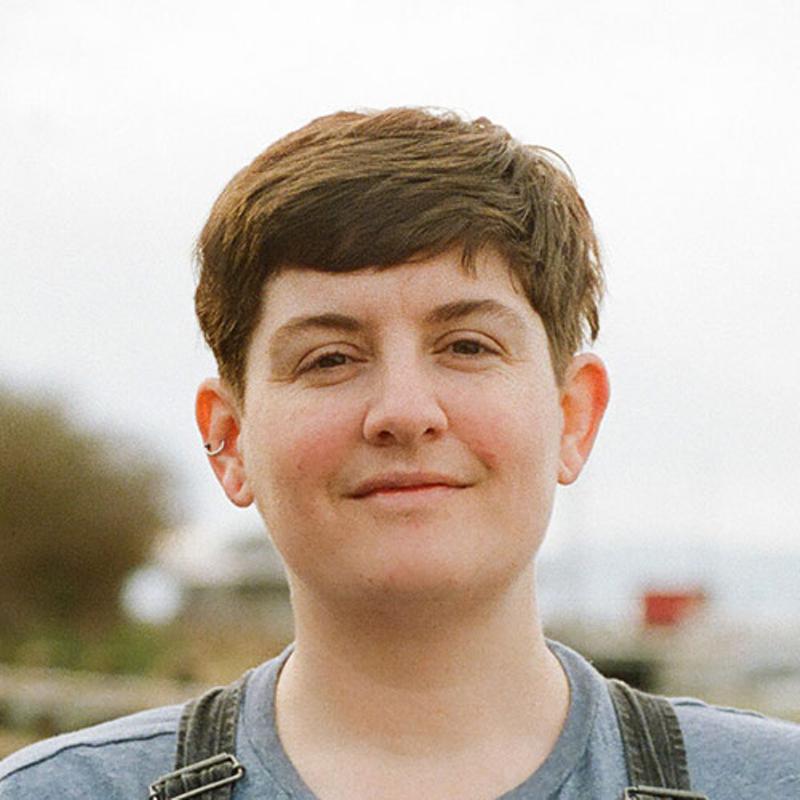

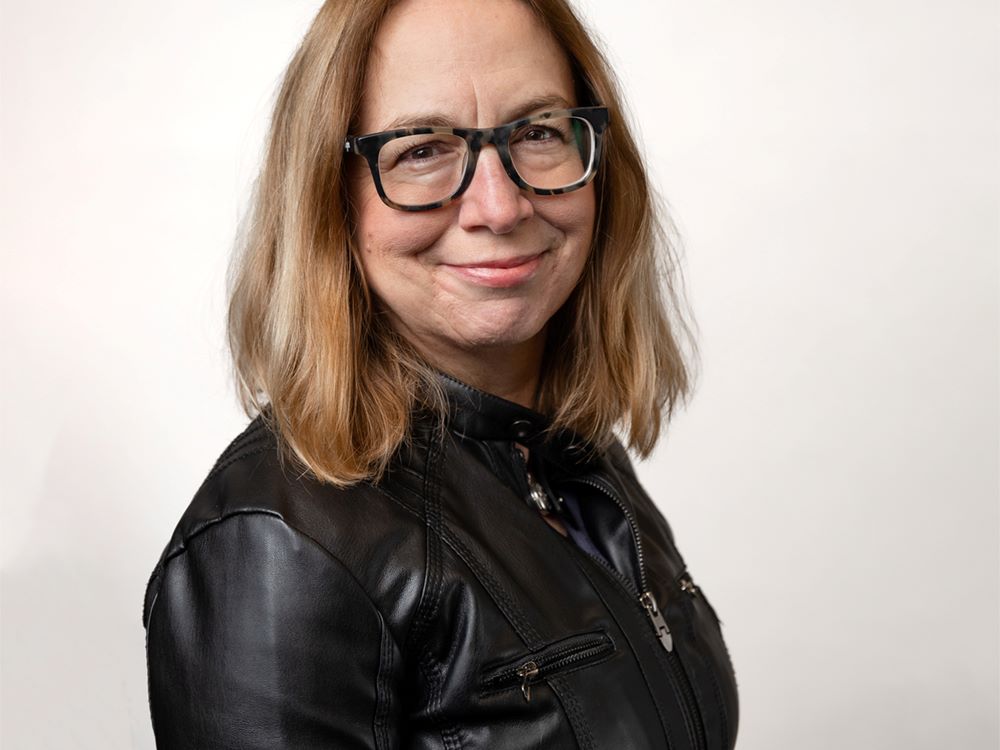





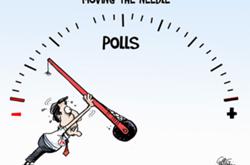




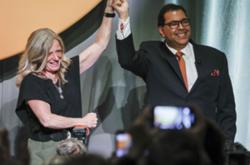
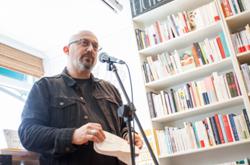
Tyee Commenting Guidelines
Comments that violate guidelines risk being deleted, and violations may result in a temporary or permanent user ban. Maintain the spirit of good conversation to stay in the discussion and be patient with moderators. Comments are reviewed regularly but not in real time.
Do:
Do not: